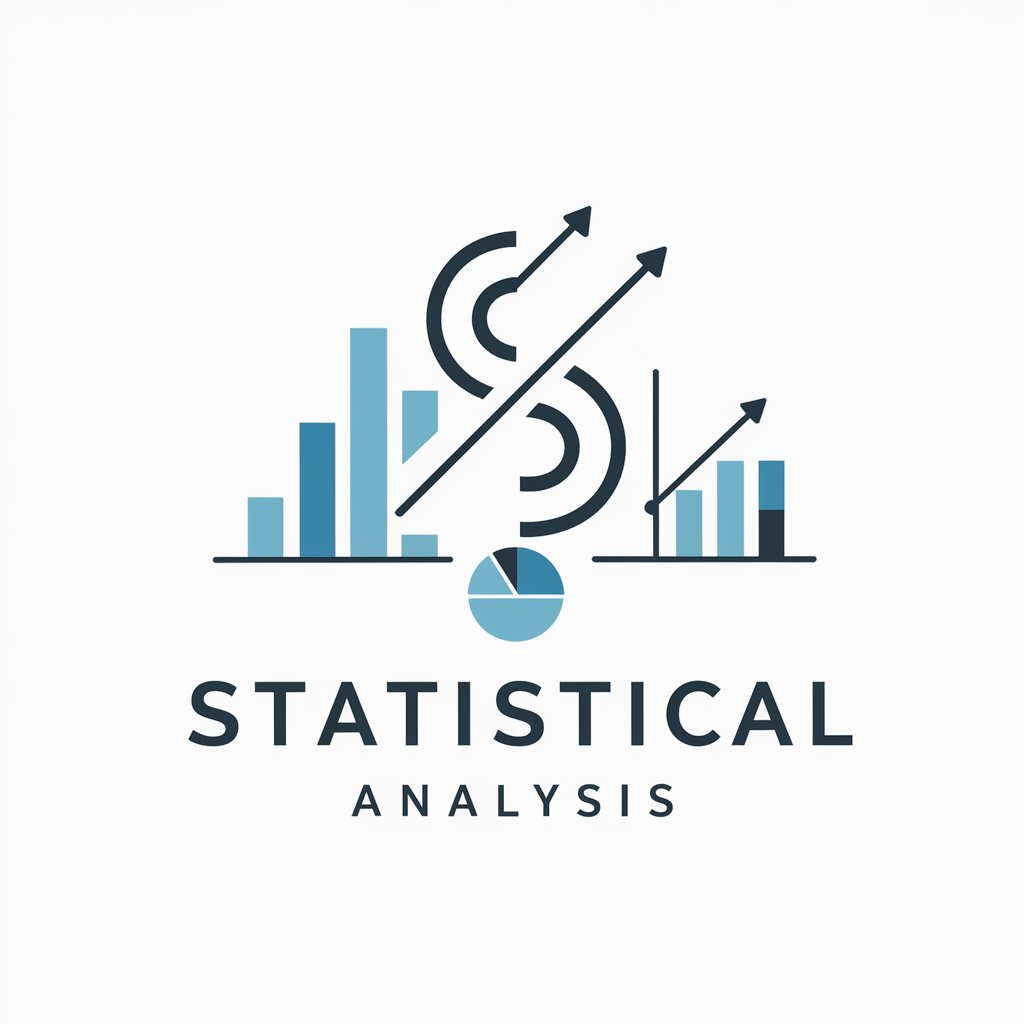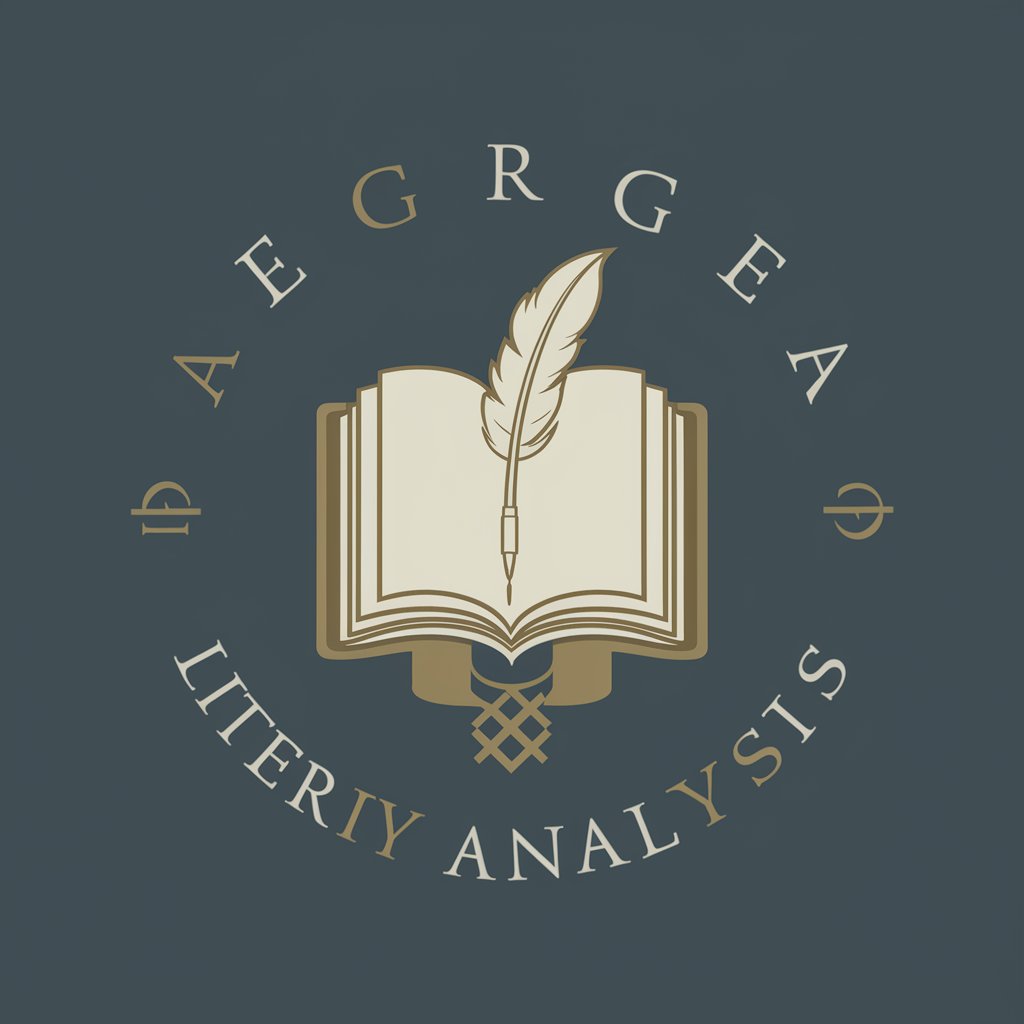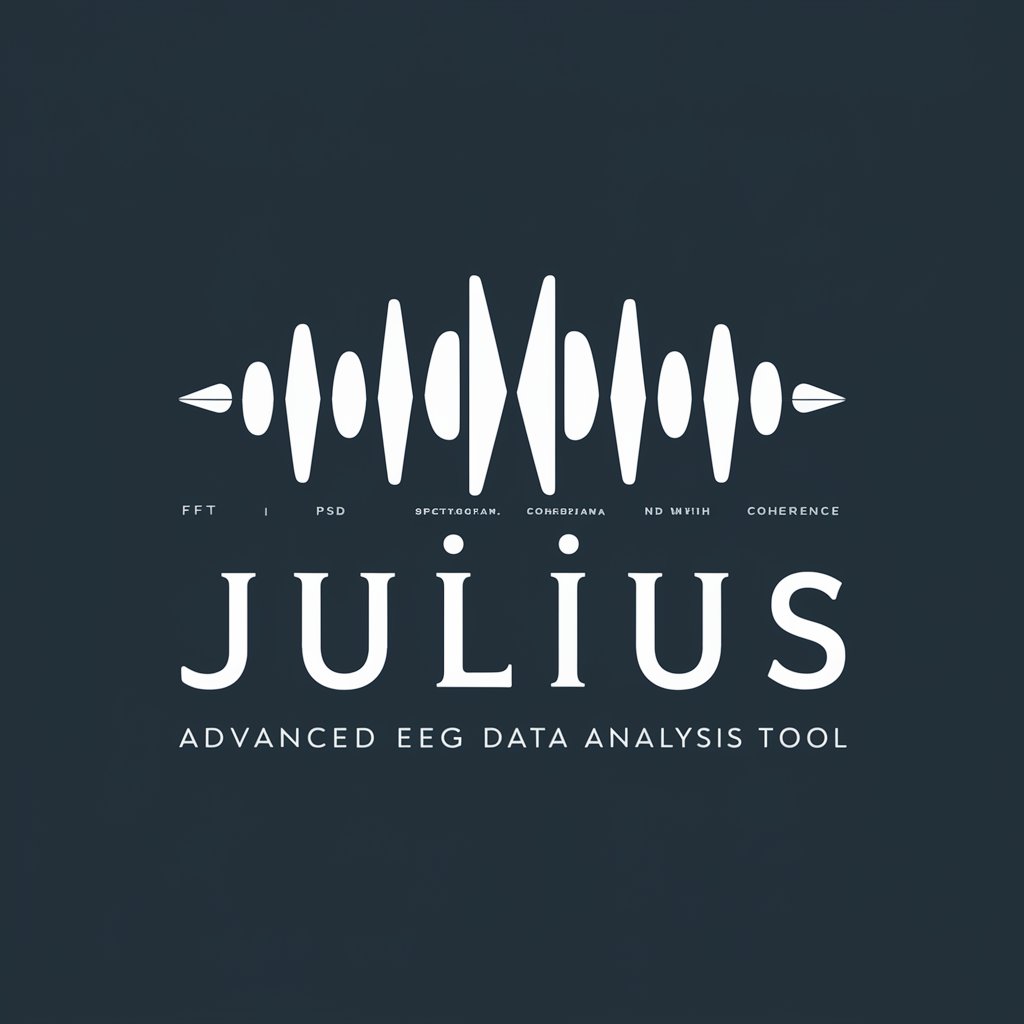Statistical Analysis - Comprehensive Data Analysis

Welcome to Statistical Analysis GPT, your expert guide to data insights.
Empowering Decisions with AI-Driven Statistics
Generate a scatterplot that visualizes the relationship between...
Create a histogram to display the distribution of...
Perform a linear regression analysis to predict...
Calculate and visualize the correlation between...
Get Embed Code
Introduction to Statistical Analysis
Statistical Analysis refers to the science of collecting, reviewing, interpreting, and presenting data to uncover patterns and trends. It plays a pivotal role in numerous fields such as economics, medicine, and engineering. For example, in medicine, statistical analysis can determine if a new drug is more effective than existing treatments. It involves collecting data from clinical trials, analyzing the results using statistical tests, and interpreting whether any observed differences in outcomes are statistically significant. Powered by ChatGPT-4o。

Main Functions of Statistical Analysis
Descriptive Statistics
Example
Summarizing sales data from different regions to understand variations and trends.
Scenario
A retail chain collects monthly sales figures from various locations. By applying descriptive statistics, they can calculate mean sales, identify best and worst-performing regions, and understand seasonal effects on sales.
Inferential Statistics
Example
Determining whether a new teaching method improves student performance compared to traditional methods.
Scenario
An educational institution conducts a study where one group of students learns via a traditional method, while another uses a new method. Inferential statistics can help in analyzing test results from both groups to decide if the new method leads to better performance.
Regression Analysis
Example
Predicting future sales based on historical data.
Scenario
A company uses years of monthly sales data to predict future demands. By applying regression analysis, they can understand the relationship between time and sales and forecast upcoming trends.
Time Series Analysis
Example
Analyzing stock market trends over time.
Scenario
An investor uses time series analysis to examine patterns, cyclic behaviors, and potential anomalies in stock prices to make informed investment decisions.
Hypothesis Testing
Example
Testing if a new webpage design leads to more conversions than the current design.
Scenario
A digital marketing team conducts an A/B test, directing some users to the old webpage and others to the new design. They use hypothesis testing to determine if changes in conversion rates are due to the new design or occurred by chance.
Ideal Users of Statistical Analysis Services
Researchers and Academics
These users apply statistical analysis to validate hypotheses, analyze experimental data, and publish findings. They benefit from these services by obtaining empirical evidence to support or refute academic theories.
Business Analysts and Companies
These professionals use statistical analysis for market research, financial forecasting, quality control, and to inform business strategies. Businesses can optimize operations, minimize risks, and enhance decision-making processes.
Government and Public Policy Makers
Statistical analysis assists in understanding demographic trends, economic indicators, and policy impacts. It enables data-driven decision-making for public welfare and policy formulation.
Healthcare Professionals
Medical researchers, epidemiologists, and healthcare providers use statistical analysis to understand disease patterns, evaluate treatments, and make public health decisions.

Using Statistical Analysis: A Guided Approach
1
For a seamless start, initiate your Statistical Analysis journey by visiting yeschat.ai to access a free trial without the need for login credentials or a ChatGPT Plus subscription.
2
Identify your data source and ensure it's in a compatible format (CSV, Excel, databases) for analysis. Clear, organized data is crucial for accurate analysis.
3
Utilize the tool to perform preliminary data cleaning tasks, such as handling missing values and duplicates, to prepare your dataset for analysis.
4
Select and apply the appropriate statistical models or tests based on your data type and research questions. This could range from descriptive statistics to complex inferential models.
5
Interpret the results with the aid of visualizations and statistical summaries. Use these insights to make informed decisions or to further your research.
Try other advanced and practical GPTs
Fundamental Analysis
Empowering investment decisions with AI.

Feature Extraction
Unlock insights with AI-powered analysis

Osint Analysis
Unlock insights with AI-powered analysis

Literary Analysis
AI-powered Deep Dive into Literature

EEG Analysis
Decipher Brain Waves with AI

Metagenomics Analysis
Unveil microbial secrets with AI power

Visual Muse
Crafting Your Vision with AI

Copywriting Wizard
Unleashing Creativity with AI-driven Copy

Copywriting Mentor
Craft compelling content with AI

Copywriting Coach
Empower Your Words with AI

Futureproof Copywriting
Elevate Your Words with AI and EI

Copywriting
Craft Compelling Content with AI

FAQs on Statistical Analysis
What types of data can Statistical Analysis handle?
Statistical Analysis is versatile, able to process time series, cross-sectional, panel data, and more, in various formats like CSV, Excel, and database files.
How does Statistical Analysis help in research?
It provides tools for data cleaning, visualizations, modeling, and hypothesis testing, enabling researchers to derive insights, test theories, and validate findings with statistical rigor.
Can Statistical Analysis be used for forecasting?
Absolutely, it includes time series forecasting and trend analysis tools, allowing for predictions based on historical data patterns.
Is it suitable for users without a statistical background?
Yes, it's designed with a user-friendly interface and provides guidance on statistical techniques, making complex analyses accessible to users at all levels.
How does the platform ensure the accuracy of statistical tests?
By incorporating rigorous data preprocessing, offering a wide range of statistical tests, and enabling customizable parameters, the tool enhances the reliability of test outcomes.
